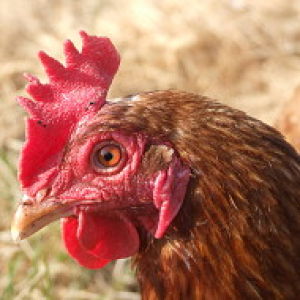The High Rock..
..gentle day again today.. Breakfast, Archers, and then a little weeding on the croft and harvested 3 trays of salads, coriander and spinach.
Up to the tunnel, and harvested 3 more trays of salad, a tray of lettuce, a half tray of Pak Choi, and two punnets of flowers.. Invoice done and down to deliver at 3 o'clock.
Veges delivered, and in for a pint. Nice to meet up with Brian and Aileen again, and their two girls. They come up for three weeks every summer, and get eggs and veg off us.
Back to Scourie, and stopped off at the Free Church, and walked down to "The High Rock". This is quite a magnificent cliff, almost 200 feet high. I've edited this picture somewhat, the sun was behind the rock, leaving the face in darkness, and difficult to capture. I've included several extra pictures of the cliff from across the headland showing a cave, the cliff and stone circle described below, a channel leading to another cave with Tanni swimming, and lazy beds on the hillside.
From the Scourie guide book, "The High Rock as it is locally known, is almost 200 feet high. Below this rock the people of Eddrachilles worshipped when they and their Minister, Rev George Tulloch, left the Established Church to form the Free Church at the disruption of 1843. In the hollow there is an oval formation of stones. In 1843 the newly formed congregation could find no other place to worship and they built a solid wall of stone in the form of an oval some 30 feet by 40 feet. At one side there is a great flat natural outcrop of rock which possibly served as a raised pulpit. Some people say that this site was chosen because someone could keep watch from the top of the high rock to warn the congregation if anyone untoward was approaching. Others say it was chosen because the noise of the sea breaking on nearby rocks would drown the sound of the singing".
The last picture shows old lazy beds. These beds are badly misnamed as there is nothing lazy about them. Manure would be placed in strips, and then turfs from either side piled on top. Lose soil from where the turfs were was then piled on top. Potatoes would be planted among the manure (or seaweed) before the turfs were turned over. This results in a "ridge and furrow" landscape, the furrows acting as drainage channels.
- 6
- 1
- Nikon D5100
- 1/1000
- f/7.1
- 10mm
- 200

Comments
Sign in or get an account to comment.


